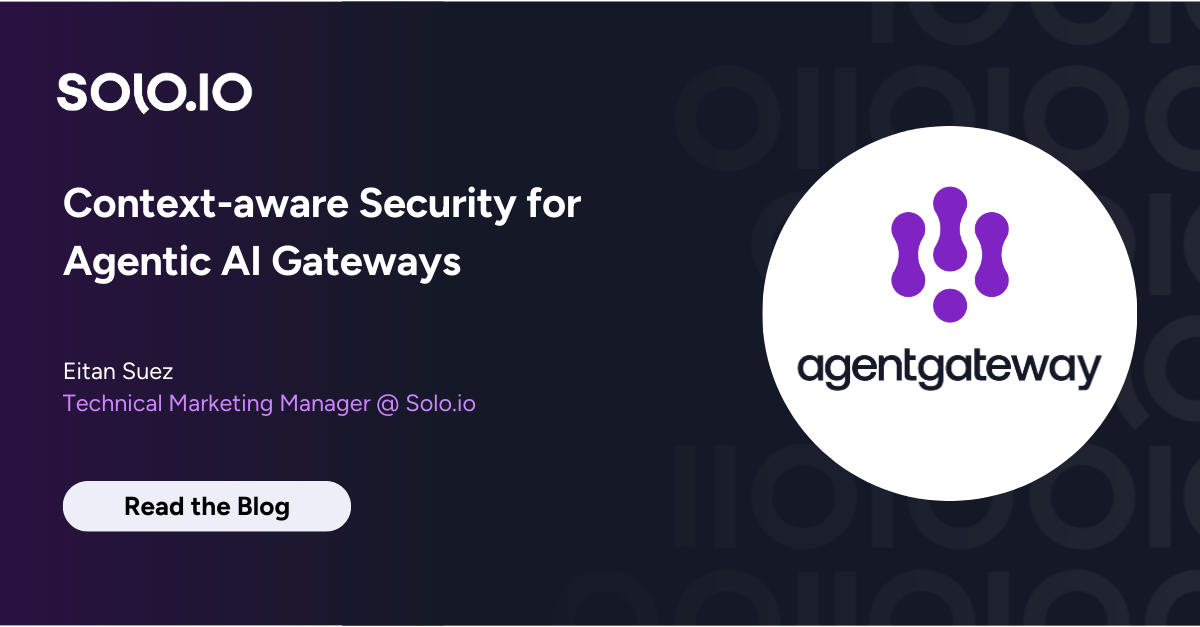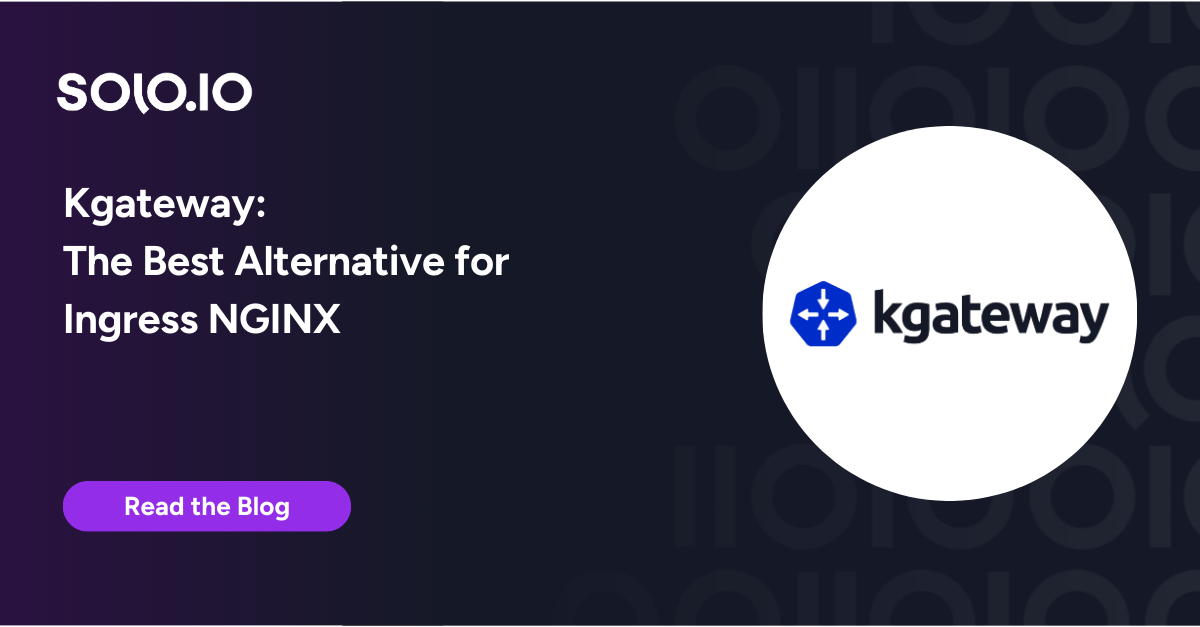At Solo.io, we often talk about highly technical deployments and capabilities surrounding open source technologies such as Istio, Envoy, GraphQL, and Cilium, but here we wanted to take a step back to talk a bit more about the foundation supporting these great projects: Kubernetes.
Kubernetes: Production-grade Container Orchestration
In today’s rapidly evolving digital landscape, businesses need technology platforms to keep pace with their ambition to innovate and scale. As such, containerization and microservices architectures have become the standard for building modern applications.
Prior to container orchestration, developers and IT teams had to manually manage individual containers. This involved manually starting, stopping, and monitoring containers. While tools like Docker simplified the creation and deployment of containers, managing the lifecycle of multiple containers, especially in a distributed system and at scale, was still complex. Recognizing these complexities and the need for a more streamlined, automated approach, the industry shifted towards container orchestration.
Leading the charge in this paradigm shift was Kubernetes. Kubernetes was created to address several challenges that organizations face when scaling their infrastructure and development processes, specifically in the context of containerization. It was designed by Google, based on their experience running billions of containers a week, and was released as an open-source project in 2014.
Today, Kubernetes is the industry-standard orchestration platform for managing, scaling, and deploying containerized applications, underpinning a vast swath of modern cloud-native deployments across the globe. It has been widely adopted by organizations of all sizes, from small startups to large enterprises, due to its robust feature set, extensibility, and vibrant open-source community.
Why Is Kubernetes Important?
Kubernetes provides developers and operators with a unified, extensible, and powerful framework and APIs for automating the deployment, scaling, and management of applications. This automation not only simplifies complex operational tasks but also enhances developer productivity by allowing them to focus on building applications rather than managing infrastructure.
In addition, Kubernetes stands as a cornerstone for building cloud-native applications. It offers key features such as self-healing capabilities, service discovery, load balancing, and secret management, which are essential for running applications at scale in distributed environments. Its inherent support for multi-cloud deployments, microservices architecture, and CI/CD pipelines positions it as a pivotal element in the DevOps and cloud computing ecosystems.
Kubernetes as a Building Block of Your Cloud-native Solutions
One of the values of Kubernetes lies in its strength as a platform and an API, which makes Kubernetes a fundamental building block of your cloud-native solution.
Kubernetes exposes a rich and extensive API, providing granular control over the orchestration of containers and enabling developers to interact programmatically with the API, automating tasks that would otherwise require manual intervention.
While extensive, the API was not designed to handle every possible use case directly. Instead, it was designed to act as a platform and a base upon which other, higher-level components can be built to handle more specific tasks. Building on top of a platform allows us to provide a more straightforward interface or an even higher-level API that better addresses the developer’s needs, without exposing the lower-level APIs.
This idea of Kubernetes as a platform to be automated by higher-level tools is crucial to its value proposition. It allows Kubernetes to stay lean and focused, while also being part of a larger, extensible ecosystem involving other technologies such as Istio, Envoy, or Cilium, that can cater to a wide range of needs and use cases. It makes Kubernetes an essential and flexible part of the modern cloud-native landscape.
An example of building on top of Kubernetes is the Istio service mesh, which enables you to secure, connect, and monitor your workloads while integrating seamlessly with Kubernetes. Thanks to Istio ambient mesh, you can include your workloads in the mesh by simply labeling the Kubernetes namespace!
Simplify Your Kubernetes Deployments
At Solo, we fully recognize and embrace the power and flexibility that Kubernetes offers. We view it not merely as a tool, but as a transformative platform that our products are built on top of. We take pride in harnessing its capabilities to provide innovative and effective solutions to our users, ensuring their experiences with our products are exceptional and seamless.
Gloo Mesh, built on top of Istio, offers high-level APIs that remove the need for end-developers to understand and configure Istio’s and Kubernetes’ lower-level APIs. On top of that, Gloo Mesh simplifies running and managing Istio across clouds, clusters, and workloads on virtual machines.
To learn more about technologies like Istio or Gloo Mesh designed to help secure, observe, and control Kubernetes and cloud native deployments, head over to the Solo Slack.



























%20a%20Bad%20Idea.png)











%20For%20More%20Dependable%20Humans.png)











